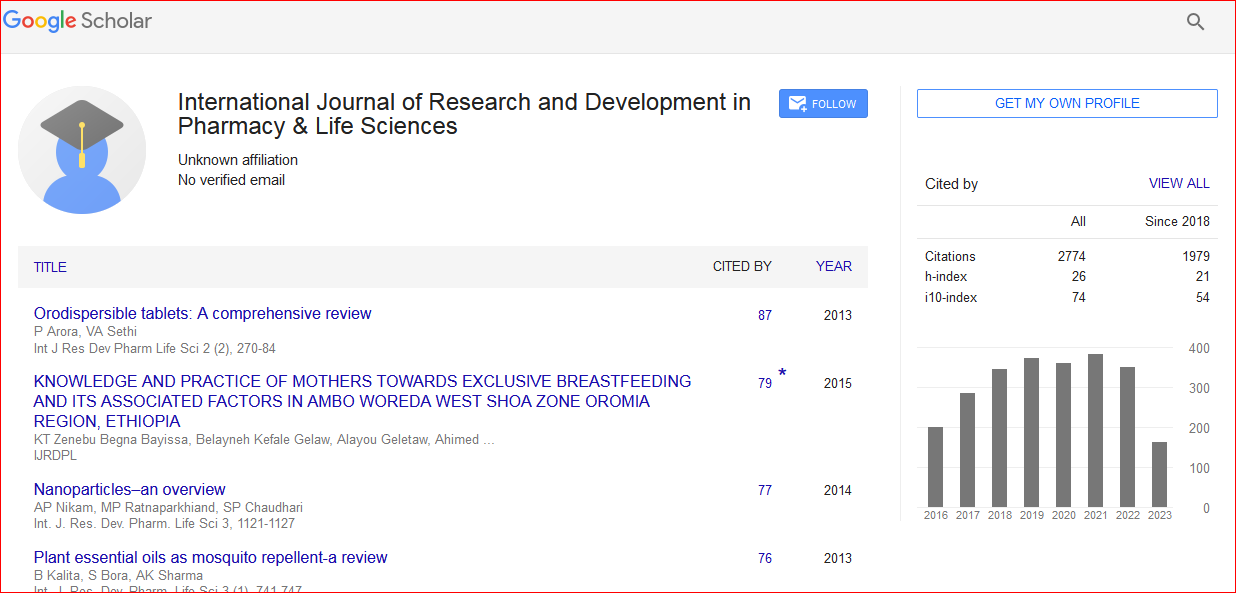Research Article
A DETAIL COMPREHENSIVE REVIEW ON VACCINES
Abstract
A vaccine is a biological preparation which enhances the immunity to a particular disease. A vaccine typically contains an agent that resembles a disease-causing microorganism and is often made from weakened or killed forms of the microbe, its toxins or one of its surface proteins. This agent stimulates the body immune system to recognize the agent as foreign, destroy it, and keep a record of it, so that the immune system can more easily recognize and destroy any of these microorganisms that it later encounters. Vaccines may be therapeutic (means vaccines against cancer are also being investigated; see cancer vaccine) or prophylactic (means to prevent or ameliorate the effects of a future infection by any natural or "wild" pathogen), The term vaccine elucidate by Edward Jenner's 1796 use of cow pox (Latin variola vaccinia, taken from the Latin vaccÃâën-us, from vacca, cow), to inoculate humans, providing them protection against smallpox.1 Vaccines do not guarantee complete protection from a disease.2 This may be due to a lowered immunity in general (diabetes, steroid, HIV infection,age) or because the host's immune system does not have a B cell capable of generating antibodies to that antigen. In this case, the infection will be less severe and heal faster.3 Adjuvants are typically used to boost immune response. Most often aluminium adjuvants are used, but adjuvants like squalene are also used in some vaccines and more vaccines with squalene and phosphate adjuvants are being tested. Larger doses are used in some cases for older people (50–75 years)

 Spanish
Spanish  Chinese
Chinese  Russian
Russian  German
German  French
French  Japanese
Japanese  Portuguese
Portuguese  Hindi
Hindi 
